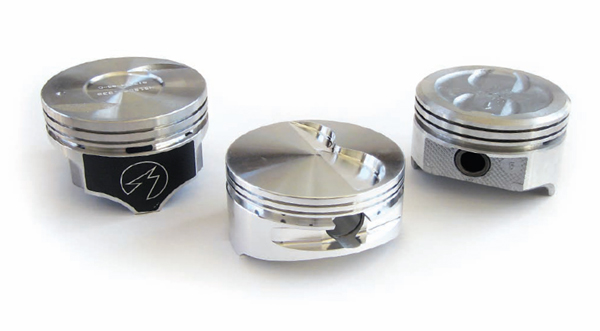Sealing rings, which are an indispensable part of the modern day machinery are also commonly known as piston rings and piston seal. These rings are designed to serve a specific purpose, to prevent the lubrication and fluid leakage within the pistons. One of the significant features of this type of seal is the split or the gap within the ring. The gap serves a specific purpose, it allows for easy installation and disassembly of the seals. The gap also helps in ensuring that the seal is conforms to the surface of the cylinder and thus it not only prevents leakage but also it improves sealing efficacy. This type of seals is usually used in the pneumatic and hydraulic applications.

While designing the deals, there are different factors that are taken into consideration while designing the seals, which are discussed below:
Materials
The seals are usually manufactured with one or more than one materials, depending on the kind of application that the seal is used for. However, there are certain materials that are found to be useful in pneumatic and hydraulic applications, which are:
Nitrile Rubber (NBR)
Polyterafluoroethylene (PTFE)
Thermoplastic Polyurethane (TPU)
Polyamide (PA)
The materials used are specially designed to provide these seals the requisite resistance against high temperature, wear, and strength.
Displacement Gaps
In certain applications, there can be a sudden surge in the pressure level, especially when the cylinders react to the external forces that act on the piston rod. When the pressure level increases, the piston seal comes under a lot of pressure due to the cylinder. The high amount of pressure can damage the seal, which creates displacement gaps on the seal but if you have chosen the right material for the seal, it can prevent this problem.
Guide Ring Performance
Guide rings are typically along with piston seals. This is done to avoid any contact between two metals, between the piston and the cylinder bore. The performance of the ring and the seal usually go hand-in-hand. The seal only has the capacity to handle the sliding motion of the piston.
Leaks and Drifts
While the cylinder is not being used, the piston is held in its appropriate position by the fluids inside the seal. If the excessive fluids leak into the cylinder from the internal valve, it can lead to the drifting of the piston. Although a little amount of fluid leakage will do no harm to the application or the machinery, excessive leakage can cause a major problem with the functioning of the machine. This is where the seals are of great use to prevent the fluids from entering the cylinder.
Static Sealing
In certain applications, the piston is attached to the rod. This is usually done by using two methods, the first one is done by fixing the rod to the piston by using a lock nut and the second method uses welding piston to the rod. The static piston seals are used like a gasket, which helps in maintaining contact between the two surfaces while preventing the oil spillage.
An understanding of the different factors can make a big difference while choosing or designing the piston seal for an application.



